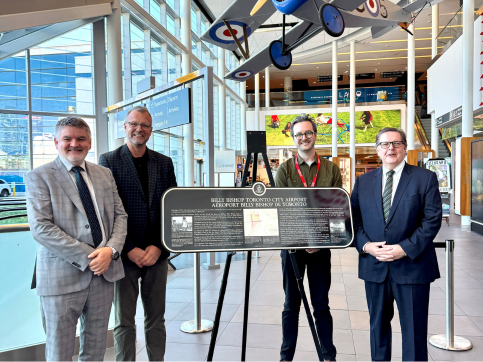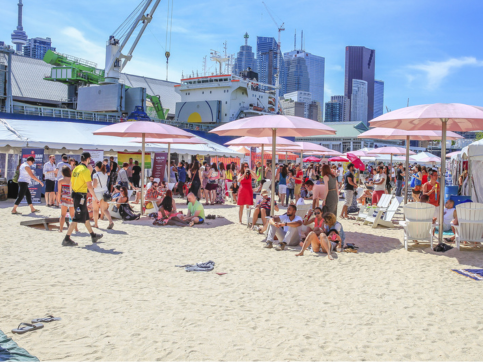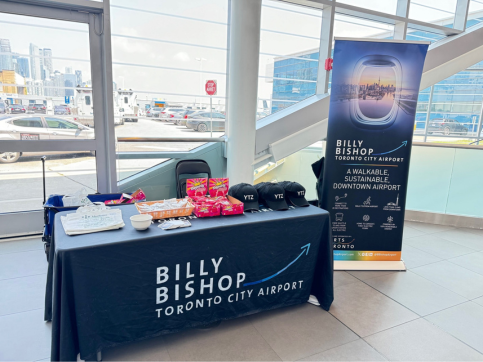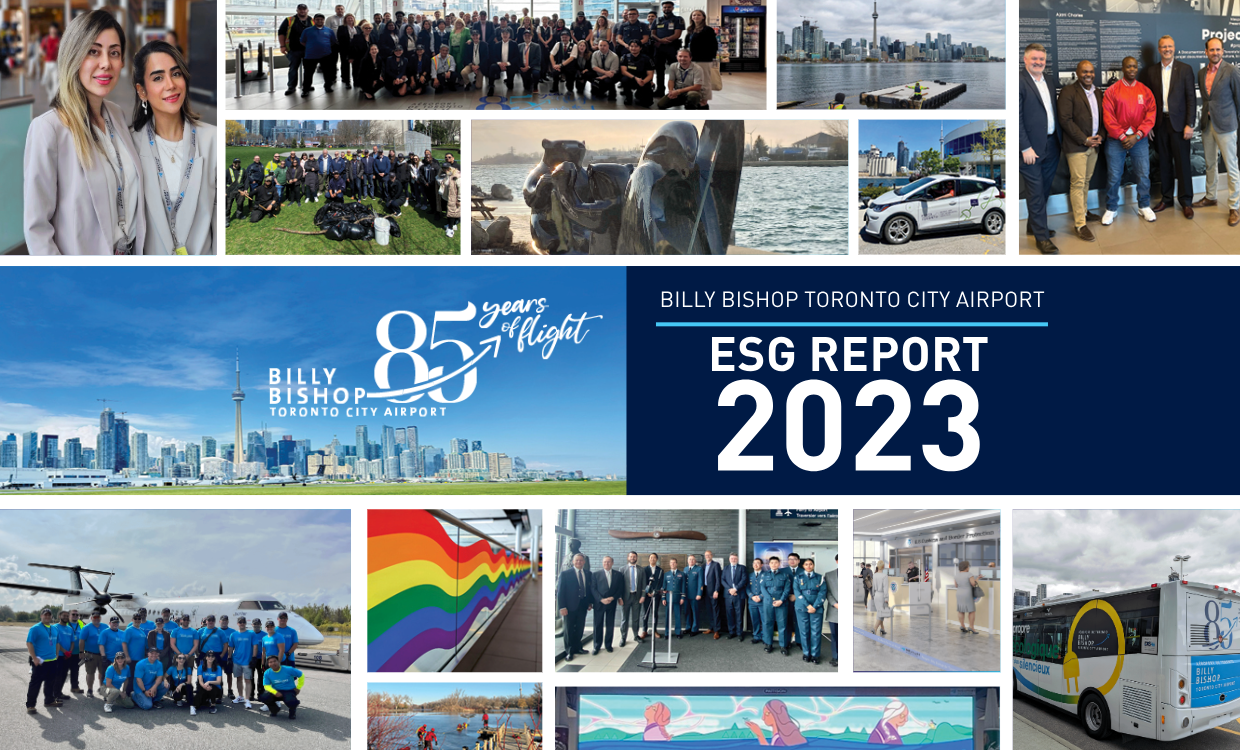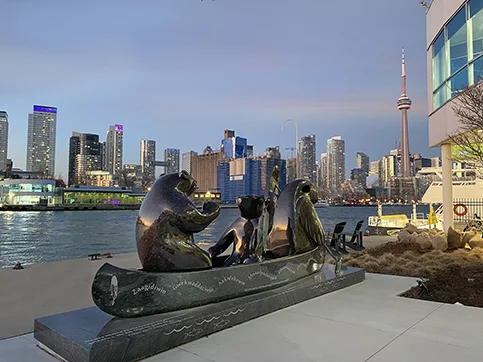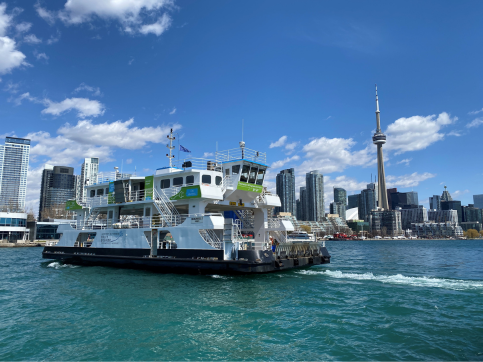PortsToronto Ice and Cold Water Rescue Training

PortsToronto Ice and Cold Water Rescue Training
The PortsToronto Fire Fighting and Emergency Response Team at Billy Bishop Toronto City Airport recently held its annual ice and cold water rescue training on the Toronto Islands.
Given the airport’s proximity to the water, our teams go above and beyond the safety measures required of us by holding ice and cold water rescue training to practice water-specific rescue operations. This annual training is critical to ensuring that our teams are ready to respond to any emergency.
The training is designed for situations where people may become trapped or fall into ice, or become immersed in cold water. Using specialized equipment such as Marsars ice rescue sleds and rescue rings, emergency responders can safely perform these rescues.
According to PortsToronto Emergency Planning and Operations Deputy Fire Chief Mark Smith, one tip for ice water safety is the 1-10-1 Principle. The principle is a simple way to remember the phases of cold water immersion and techniques while waiting for rescue:
1 Minute
The first minute is an initial cold shock followed by hyperventilation. You must keep your airway clear. After the shock is over, it is important to focus and control your breathing.
10 Minutes
During the next 10 minutes, your arms, legs, and fingers will lose the ability for any significant movement. Although it is still important to focus on self-rescue, try to keep your airway clear while waiting for rescue. Swimming failure can occur within these minutes if you are underwater without a life jacket.
1 Hour
It can take up to an hour before you become unconscious from hypothermia. If you follow the self-survival process including focusing on your breathing and calling for help, your chances of survival can be increased.
Thanks to PortsToronto’s Fire Crew for inviting us to this year’s ice and cold water rescue training. Every winter, PortsToronto and the Toronto Police Marine Unit urge Torontonians to enjoy our beautiful waterfront and harbour from the safety of shore, and to make use of the city’s many public skating rinks. Remember, no ice is safe ice.
More Traveller Experiences...



